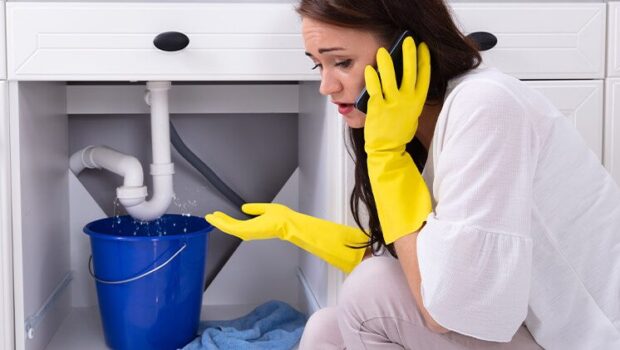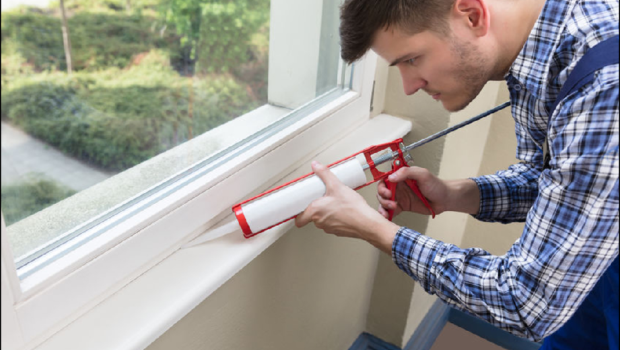When classic water heating supply or return lines are leaking and are in plain sight, then finding the leak and locating the location of the leak is not a big problem. A thorough visual inspection of the suspected section of the pipeline will help to see the leak quickly enough. Sometimes it happens that the leak is identified by wet spots in the area of the pipeline, then you can quickly enough locate the defect and make repairs. A much more difficult situation is when the heating pipes are in the floor screed or in the walls, then the water leak is not immediately visible. But when the warm water will accumulate in the thickness of the floor, eventually it will find a gap and will gradually seep out. This will result in a leak on the lower floor with wetting of the ceiling and walls, resulting in mold and the slow destruction of building structures. In the case of such a leak, you have to use the entire arsenal of modern leak detection equipment to detect it.
It is not surprising that with such modern equipment you have found a leak that others could not find before.
Modern heating systems are usually equipped with manometric sensors, which allow you to monitor and promptly signal a burst heating pipe. If you notice that the pressure began to drop, it is likely that there is a hidden water leak in the system, which can cause serious trouble. So, in large accidents, the room can be completely flooded with water, which will lead to property damage, and can also lead to flooding the neighbors.
Finding a leak in a heating pipe with a thermal imaging camera
Since water temperatures in heating systems are quite high, water leaks detection can be done by conducting a thermal imaging survey of the emergency area or room. On the display of a sensitive thermal imaging camera, a warm spot of moisture will stand out against dry areas of the walls or ceilings. Usually, this heat spot caused by a leakage is irregularly shaped and has a gradual drop in temperature around the edges. The hottest point of such a spot, in most cases, is the place where the coolant leaks from the pipe.
Detection of heating leakage with an acoustic leak detector
If a good pressure is maintained in the heating pipe, the leak can also be found by a characteristic “whistling” noise caused by leaking water. The heating pipe route is listened to with a special acoustic leak detector, using contact probes or a ground microphone. As you get closer to the leak, the noise on the pipe increases and reaches its maximum just above the leak. In some cases, especially when the heat pipe passes through a yard or industrial area, the correlation leakage detector can be used quite effectively, but it is necessary to take into account that in order to perform correlation the leakage detector must have very high resolution for registration of negligible time delay of leakage signal which is typical for not long enough network sections.
Experienced professionals can help you get rid of problems and find leaks in a heating pipe with high accuracy.





